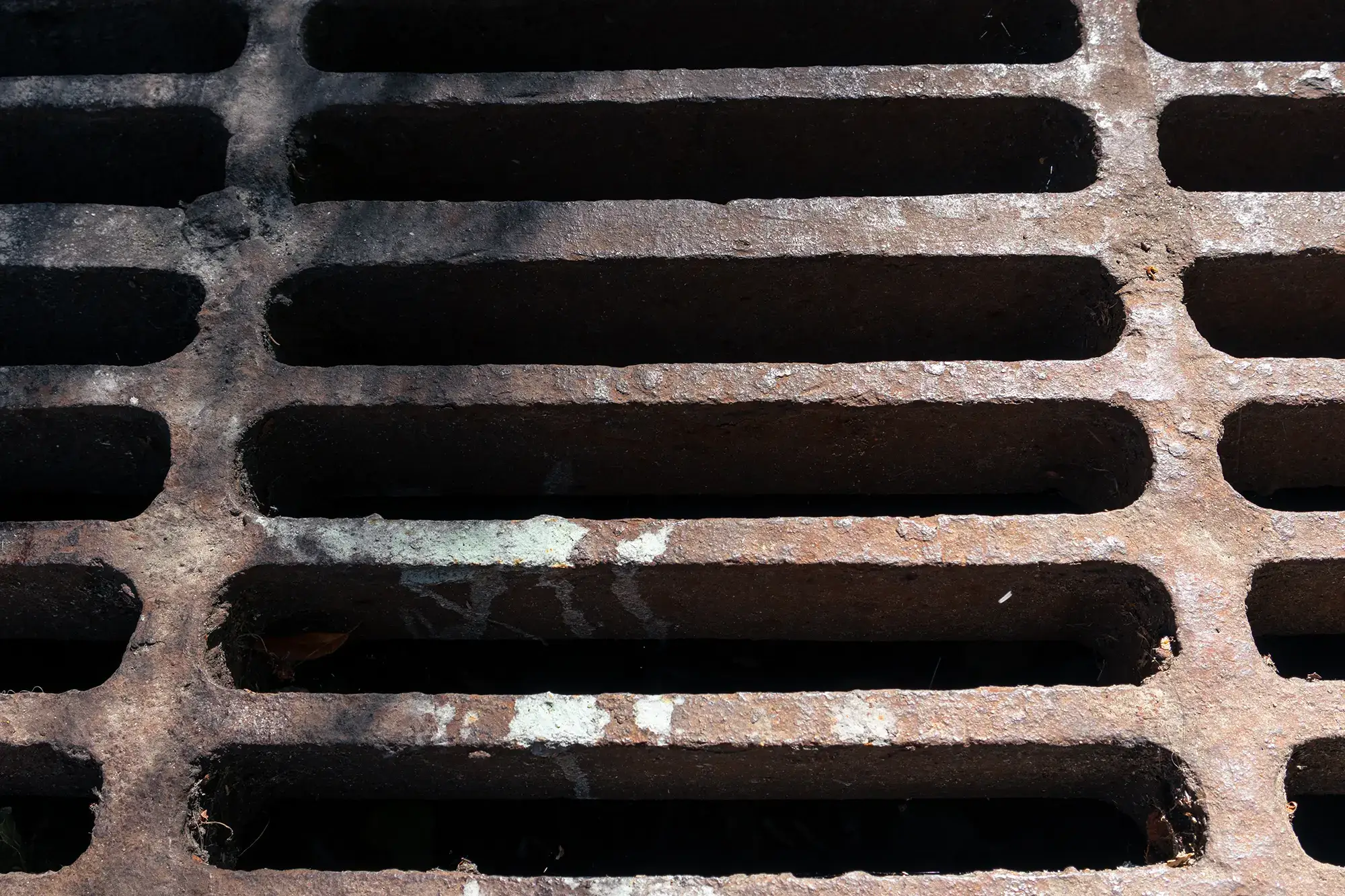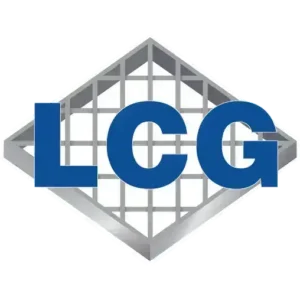Blog
Using Custom Grating to Design Safe Walkways in Manufacturing Facilities
Slip-and-fall incidents aren’t uncommon in manufacturing facilities. Learn how custom grating can help you create safer walkways.
When designed and manufactured appropriately from high-quality steel, grating can last for decades. However, if the wrong grating is chosen for the application, it is made from poor materials, or little to no maintenance is performed, the grating may fail over time. For industrial facilities, having reliable grating is critical because it helps protect workers […]


When designed and manufactured appropriately from high-quality steel, grating can last for decades. However, if the wrong grating is chosen for the application, it is made from poor materials, or little to no maintenance is performed, the grating may fail over time.
For industrial facilities, having reliable grating is critical because it helps protect workers from potential, site-specific hazards, provides ventilation in tight spaces, and makes it easier to access hard-to-reach equipment.
Learn more about why grating can fail and how to prevent failure.
Oxygen, moisture, and electrolytes, which are commonly present in many industrial environments, create a reaction that causes standard steel to form iron oxide/rust. As rust develops, the steel expands, creating internal stresses that can cause cracks in welds and connections.
Many manufacturers, including Laurel Custom Grating, offer hot-dip galvanized options to improve corrosion resistance and prevent this from happening. Any industrial facilities in marine environments or environments with high moisture or humidity levels, or those that process chemicals, should consider a grating option with exceptional corrosion resistance.
Even the strongest grating can fail when used in the wrong application. This is why it’s critical to understand the potential load required for the application the grating will be used in. Calculating the potential load can be quite challenging, but the initial design must account for dynamic factors, including operational changes like equipment upgrades, moving machinery, and cumulative loading. If grating is overloaded, bearing bars can bend or bow permanently, and repeated overloading can create fatigue damage through crack initiation and propagation.
To prevent failure due to overloading, consider all potential loading scenarios, including maintenance activities, emergencies, and the movement of equipment, and collaborate with an experienced manufacturer when selecting your grating solution.
Industrial facilities are not immune to accidents, such as tools or materials falling from a ladder or incidents involving material handling equipment. Although steel is incredibly tough, severe impacts can cause permanent deformation at contact points, and in cases of high-energy impacts, complete failure.
Manufacturers can engineer grating to have higher impact resistance, but another effective preventative solution is to install a physical protection system, such as barriers or toe plates, around the grating that deflects or absorbs future impacts.
Fatigue is a common issue primarily caused by cyclic loading. Even low loads can become problematic when applied millions of times over the grating’s service life. Fatigue damage generally appears as cracks in stress concentrations, such as weld toes, notches, and sharp corners. Once a crack appears, it will only continue to grow every load cycle, progressively weakening the remaining material. When left to grow, fatigue damage can lead to sudden, catastrophic failures.
The good news is that proper design can help prevent fatigue damage, as bearing bar depth and spacing can significantly influence stress levels under normal loading conditions. Opting for welded grating can also prevent fatigue damage. High-quality welds improve fatigue resistance by offering continuous load transfer, eliminating micro-movements between components, and reducing stress concentrations.
Laurel Custom Grating manufactures heavy-duty welded grating from carbon steel and special alloys and proudly serves industrial businesses throughout the United States. When you partner with Laurel Custom Grating, you can expect high-quality products, on-time delivery, and superior service.
If you need to replace failed grating, contact our experts today.
Slip-and-fall incidents aren’t uncommon in manufacturing facilities. Learn how custom grating can help you create safer walkways.
Grating is a necessary component of every facility, improving safety and access, providing drainage and ventilation, and managing debris.
Grating load tables can be a little confusing, but they provide critical data. Learn more about how to read these tables and calculate potential load.
We’re ready to fulfill your manufacturing needs. Take the next step to work with Laurel Custom Grating as your source for heavy-duty grating solutions.